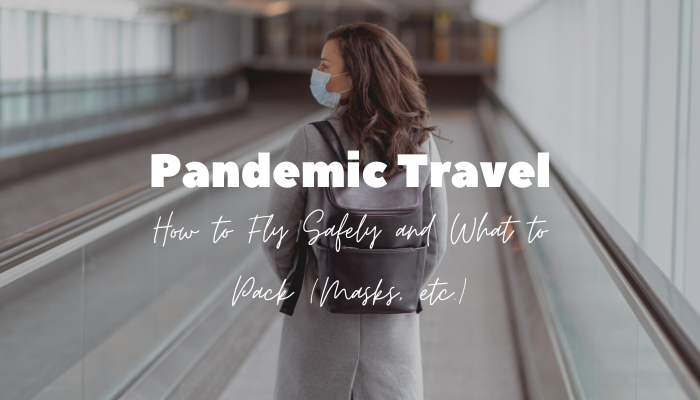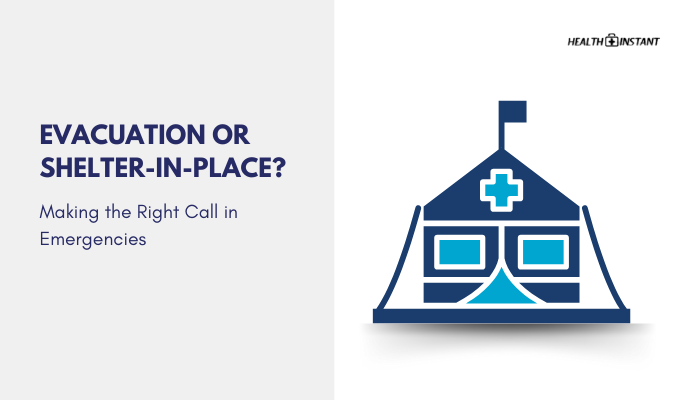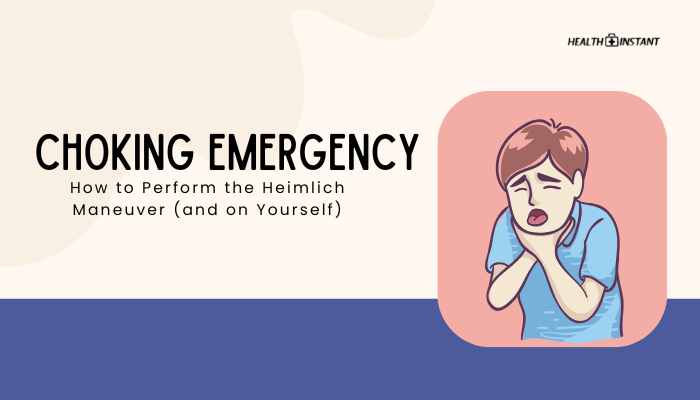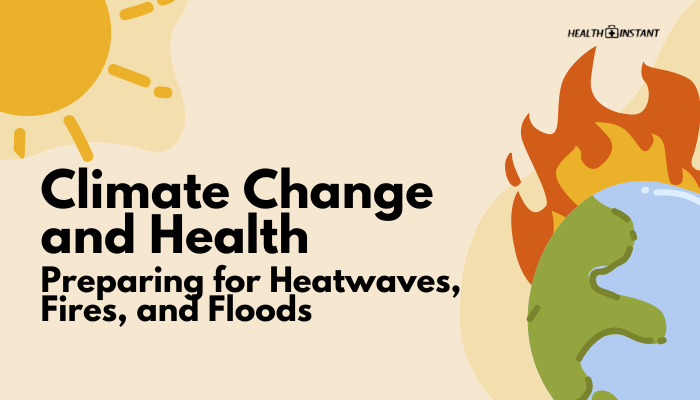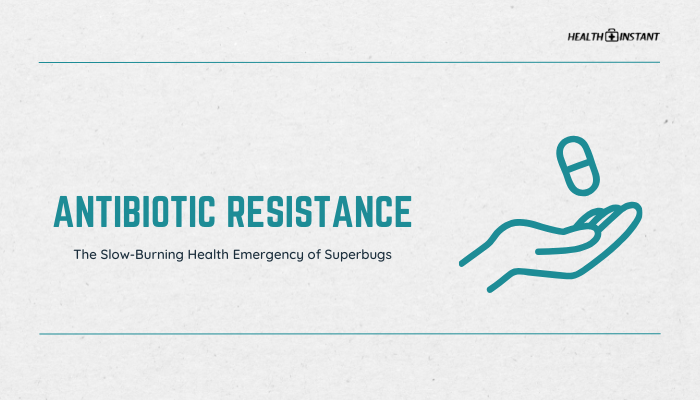Introduction
Pandemics (such as COVID-19) have changed how people approach travel, especially by air. While flights operate, infection risks can persist due to close quarters and shared surfaces. By understanding airline protocols, packing key safety items, and remaining mindful of hygiene measures, you can help protect yourself and others from illness.
This guide covers the essentials of safe air travel during a pandemic, from pre-flight planning to in-flight precautions and arrival procedures.
Check Airline and Destination Requirements
- Airline Rules
- Some airlines have specific mask mandates or proof-of-vaccination policies.
- Check if negative test results are required before boarding.
- Some airlines have specific mask mandates or proof-of-vaccination policies.
- Destination Regulations
- Different countries/regions may impose quarantine or testing upon arrival.
- Research official tourism boards or embassy websites for current guidelines.
- Different countries/regions may impose quarantine or testing upon arrival.
Staying updated on these policies helps avoid last-minute surprises or denied boarding.
Pre-Flight Preparations
- Assess Your Health
- If feeling unwell or showing symptoms, postpone travel if possible, to avoid exposing others and for your own safety.
- If feeling unwell or showing symptoms, postpone travel if possible, to avoid exposing others and for your own safety.
- Vaccination Status
- While some places require proof of vaccination, being vaccinated remains beneficial in reducing severe symptoms even where mandates are absent.
- While some places require proof of vaccination, being vaccinated remains beneficial in reducing severe symptoms even where mandates are absent.
- Consider Travel Insurance
- A plan covering cancellation or medical care in case you get sick abroad provides peace of mind.
What to Pack for Pandemic Travel
Masks and Face Coverings
- Quality and Fit
- N95, KN95, or well-fitted surgical masks usually provide better filtration than standard cloth masks.
- N95, KN95, or well-fitted surgical masks usually provide better filtration than standard cloth masks.
- Spare Masks
- Pack extras to replace soiled or damp masks after extended wear.
- Pack extras to replace soiled or damp masks after extended wear.
Hand Sanitizer and Wipes
- Alcohol-Based
- Aim for sanitizers with at least 60% alcohol.
- Aim for sanitizers with at least 60% alcohol.
- Disinfectant Wipes
- Ideal for wiping down armrests, tray tables, seat belt buckles, or personal electronics.
- Ideal for wiping down armrests, tray tables, seat belt buckles, or personal electronics.
Personal Health Essentials
- Thermometer (small digital one if you like monitoring temperatures).
- Tissues and Disposable Gloves (if you prefer them in high-contact areas).
- Medications in carry-on (don’t check them), with dosage instructions clearly labeled.
Digital Documentation
- Vaccination Records
- Keep digital and paper copies; certain apps store official QR codes.
- Keep digital and paper copies; certain apps store official QR codes.
- Negative Test Results (if required)
- Some airports want to see them physically or electronically.
At the Airport
- Check-In Online
- Minimizes contact at counters.
- Minimizes contact at counters.
- Maintain Distance
- In security or waiting lines, stand back if space permits.
- In security or waiting lines, stand back if space permits.
- Minimize Touchpoints
- Use mobile boarding passes, contactless payments, or self-check counters.
- Use mobile boarding passes, contactless payments, or self-check counters.
If possible, opt for direct flights to lessen exposure via multiple airports.
On the Plane
- Wipe Down Your Area
- Armrests, seat belt buckle, seatback tray, and overhead light buttons with disinfectant wipes.
- Armrests, seat belt buckle, seatback tray, and overhead light buttons with disinfectant wipes.
- Keep Mask On
- Unless actively eating or drinking, wear it throughout the flight.
- Unless actively eating or drinking, wear it throughout the flight.
- Limit Moving Around
- Minimizing restroom visits or loitering in aisles reduces contact with surfaces and other passengers.
- Minimizing restroom visits or loitering in aisles reduces contact with surfaces and other passengers.
- Stay Hydrated
- Bring your own water bottle if permitted, as in-flight beverage services might be limited.
- Bring your own water bottle if permitted, as in-flight beverage services might be limited.
Post-Flight and Arrival Tips
- Follow Local Health Guidelines
- Some destinations require further testing or self-monitoring.
- Some destinations require further testing or self-monitoring.
- Self-Monitor
- Watch for symptoms for a few days post-arrival. If you feel ill, seek medical advice promptly.
- Watch for symptoms for a few days post-arrival. If you feel ill, seek medical advice promptly.
- Stay Updated
- Changes to local regulations can occur mid-trip, so keep an eye on news or official health channels.
- Changes to local regulations can occur mid-trip, so keep an eye on news or official health channels.
Conclusion
Flying during a pandemic or disease outbreak calls for extra caution and thorough preparation. From wearing a high-filtration mask to bringing essential items like hand sanitizer and disinfectant wipes, every small measure can help decrease infection risks in busy airport settings.
Ensuring that you comply with vaccination or testing requirements, well-chosen protective gear, and responsible in-flight behavior fosters a safer travel experience. By staying alert and adaptable, you can focus on your journey with greater confidence and peace of mind.
References
- World Health Organization (WHO). (2021). Guidance on safe travel during pandemics.
- International Air Transport Association (IATA). (2022). Air travel health protocols.
- Centers for Disease Control and Prevention (CDC). (2020). Recommendations for travelers on disease prevention.
- U.S. Department of State. (2019). International travel health and safety.
Disclaimer: This advice is for general guidance. Regulations and best practices may vary by country and airline, so always verify local requirements and official health advisories.

